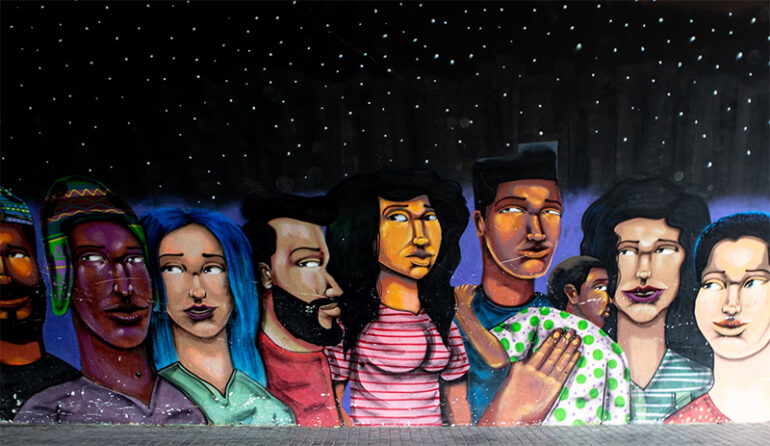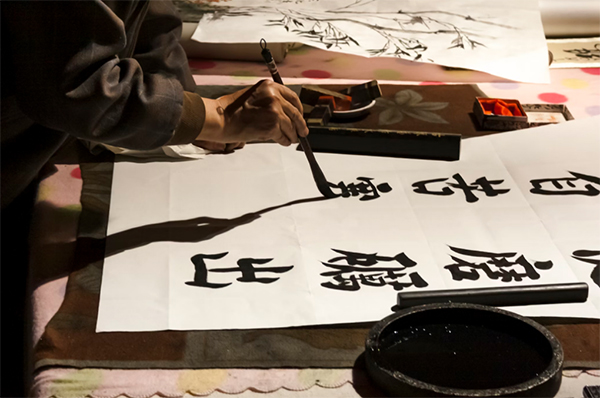Art has long been a captivating means of expressing cultural identity and heritage, offering a glimpse into the vibrant tapestry of diverse societies worldwide. From the intricate strokes of Chinese calligraphy to the vibrant patterns of Indian rangoli, traditional art forms embody the history, beliefs, and values of communities. They showcase the ingenuity and artistry of past generations, preserving unique aesthetics and techniques passed down through time. By exploring these traditional art forms, we not only deepen our appreciation for their inherent beauty but also cultivate a profound understanding and respect for the cultural diversity that enriches our global landscape.
Exploring Traditional Art Forms
Art has long been a potent means of transmitting cultural history and identity. Customary artistic expressions offer an insight into the multifaceted fabric of several global civilizations. Chinese calligraphy and Indian rangoli patterns are two examples of art styles that capture the spirit of a community’s history, values, and beliefs. They display the distinctive aesthetics and methods that have been passed down through the ages, acting as a tribute to the imagination and skill of earlier generations. Exploring these classic art forms helps us respect and comprehend the cultural variety that makes our world a better place, in addition to helping us appreciate their beauty.
Contemporary Art and Cultural Exchange
In today’s globalized world, artistic expression transcends all barriers and acts as a bridge between civilizations. Modern art has developed into a potent instrument for cross-cultural communication that promotes comprehension and communication between disparate groups. Diverse artists are utilizing new media and methods to investigate topics related to globalization, identity, and societal challenges. They subvert preconceptions, probe viewers’ own perceptions, and challenge society conventions with their thought-provoking compositions. We may acknowledge our common humanity and enjoy the richness of variety by interacting with modern art that crosses cultural boundaries.
The Influence of Globalization on Art
Globalization has had a major influence on art, which is a mirror of society. A new wave of artistic expression has emerged as a result of the ideas, styles, and techniques that have been shared across cultural boundaries due to our linked globe. In order to produce distinctive and hybrid artworks, artists are combining classic and contemporary aspects, drawing inspiration from a variety of sources. This blending of influences not only defies conventional ideas of creative limits but also creates a forum for communication and understanding amongst people from different cultural backgrounds. When viewed through the prism of globalization, art may be a potent instrument for promoting a sense of connectivity, recognizing variety, and dismantling barriers between individuals from all over the world.
Celebrating Diversity through Collaborative Art Projects
Through collaborative efforts, art can bring people together and celebrate diversity. By incorporating artists from other cultures, these initiatives develop creativity and understanding. Collaboration in art invites people to share their ideas and contribute to a shared goal. Collaboration dissolves barriers, challenges stereotypes, and promotes unity. These programs generate beautiful work and show how art can be used to promote inclusiveness, respect, and admiration for our diverse global society.
Traditional arts show the rich cultural past of many nations as well as years of inventiveness and craftsmanship. Contemporary art facilitates communication and understanding between cultures. Globalization has affected art by fusing traditional and contemporary elements, promoting cross-cultural dialogue. Collective art initiatives encourage diversity and inclusion. Art helps us realize the beauty and interconnectedness of our global world while appreciating the unique contributions of each culture.
Photo Attribution:
Featured & 1st image by: https://unsplash.com/photos/3-men-and-2-women-smiling-1gh6oD6aDhs
2nd image by: https://unsplash.com/photos/person-doing-kanji-calligraphy-zHwWnUDMizo

